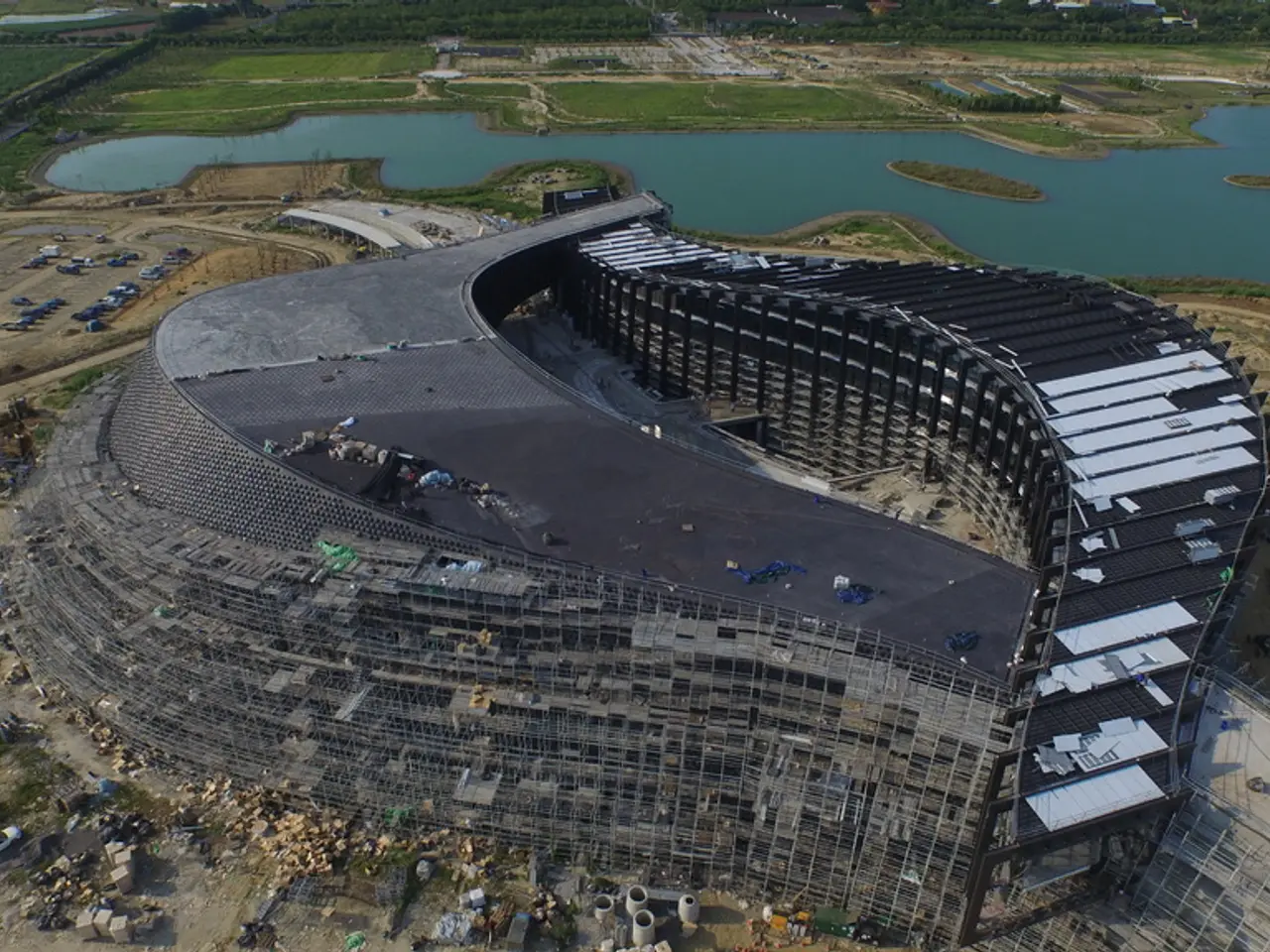Stormy Troubles Ahead: Over 1.3 Billion Euros in Property Damage in 2024
Insurance industry's financial reports reveal a staggering €1.3 billion in damages caused by storms in the year 2024. - Storm of 2024 causes EUR 1.3 billion worth of auto insurance claims among companies
Gear up, folks! The damage report for 2024 is in, and it's not pretty. Bavaria, Baden-Württemberg, and Thuringia suffered the brunt of the storms, hail, and floods, with an average damage bill of over 4000 euros each, according to the GDV.
A total of 1.3 billion euros in damages were recorded, which, surprisingly, is approximately on par with the long-term average. In 2023, the bill came to a staggering 1.9 billion euros for damages to 480,000 cars.
Jörg Asmussen, CEO of the GDV, is sounding the alarm bells. Despite the average damage balance, he warns of the intensifying risk from natural disasters thanks to climate change. "These days, we're seeing that individual storm cells and hailstorms are becoming more intense. Just a few extreme weather events can wreak havoc in a flash, on a small scale," he says.
If you own a vehicle, having a comprehensive or partial comprehensive insurance policy will protect you from damages caused by storms, hail, lightning, or flooding. Best of all, these damages won't affect your personal no-claims bonus, as conveyed by the GDV. But if you're only insured with liability coverage for your vehicle, you'll have to foot the repair bill yourself after a storm.
Now, let's dive deeper. When it comes to property damage, storms, hail, and lightning are typically covered under standard property or homeowner insurance policies that safeguard against natural hazards. Flood damage coverage varies—it's more common in Baden-Württemberg compared to Bavaria, which might cause differences in reported insured losses between these regions. Flood insurance is often part of comprehensive natural hazard coverage but may require separate or additional coverage due to the high risk involved.
Don't think insurance is the be-all and end-all, though. The GDV is advocating for a broad approach to address the increased risks. That means comprehensive climate adaptation strategies that blend prevention, mitigation, and insurance solutions to minimize damage long-term. The GDV also urges mandatory insurance as part of a larger strategy that includes infrastructure resilience and risk management. The goal is to ensure lasting security against natural disasters intensified by climate change effects for individuals, communities, and municipal infrastructure.
In summary, property and comprehensive natural hazard insurance policies offer protection for damages from storms, hail, lightning, and flooding, with some differences in flood coverage. The GDV is pushing for integrated climate adaptation frameworks, going beyond insurance to reduce future losses and safeguard society against increasing natural disasters.
Stay safe, everybody!
- Storm
- GDV
- Insurance Policies
- Damage
- Bavaria
- Baden-Württemberg
- Thuringia
- Flooding
- Climate Change
- Adaptation Strategies
- Natural Hazards
- The GDV reports a total damage of 1.3 billion euros in 2024, primarily from storms, hail, and floods in Bavaria, Baden-Württemberg, and Thuringia.2.iratmost, vehicle owners in these regions should consider having a comprehensive or partial comprehensive insurance policy to protect against damages caused by storms, hail, lightning, or flooding.
- Jörg Asmussen, CEO of the GDV, warns of the intensifying risk from natural disasters due to climate change, citing more intense storm cells and hailstorms.
- To mitigate future losses, the GDV advocates for comprehensive adaptation strategies that include prevention, mitigation, insurance solutions, mandatory insurance, infrastructure resilience, and risk management.




